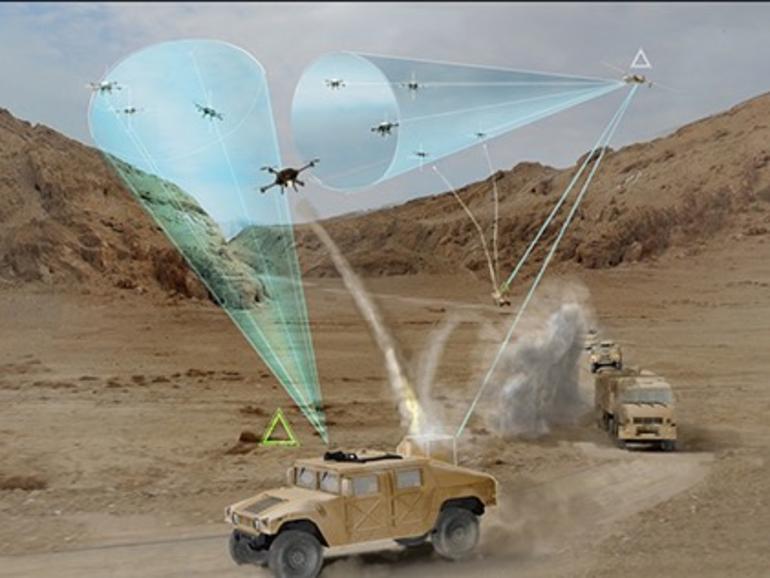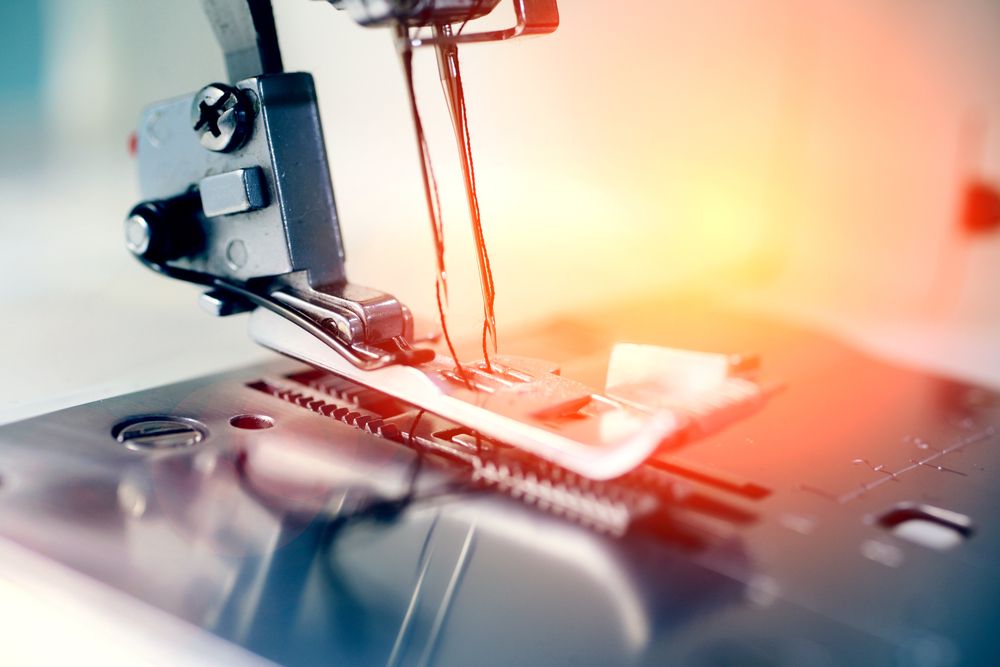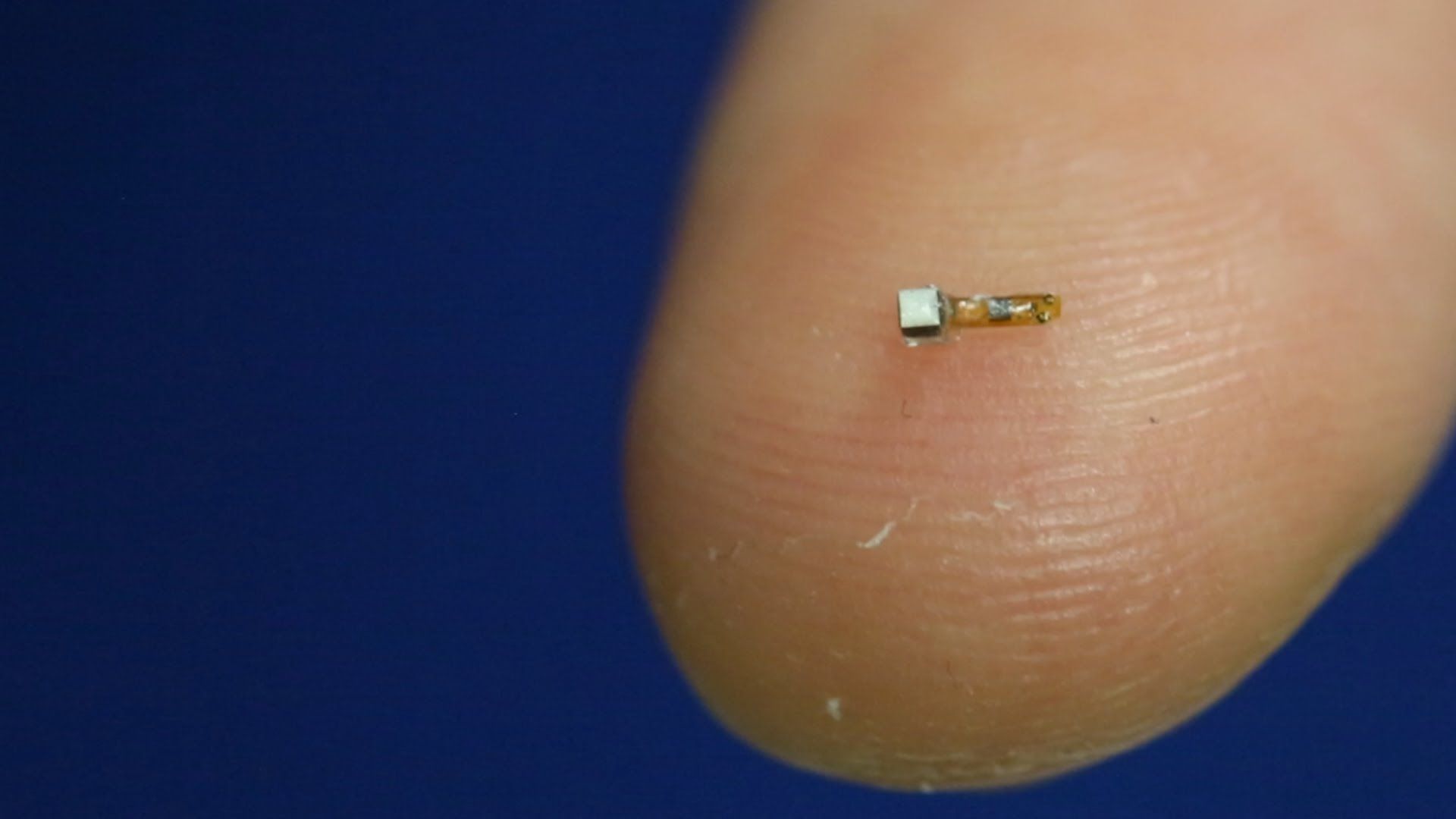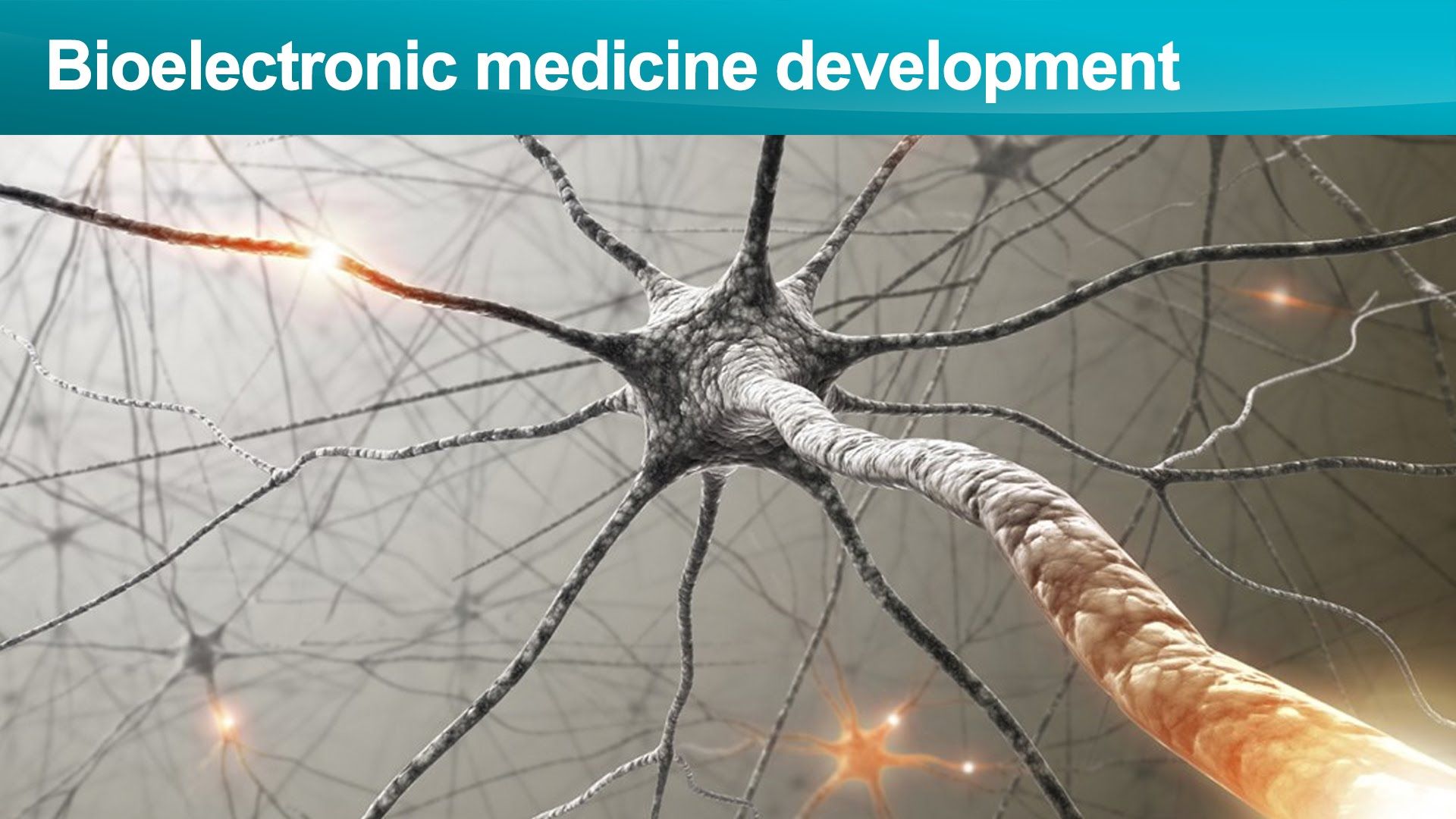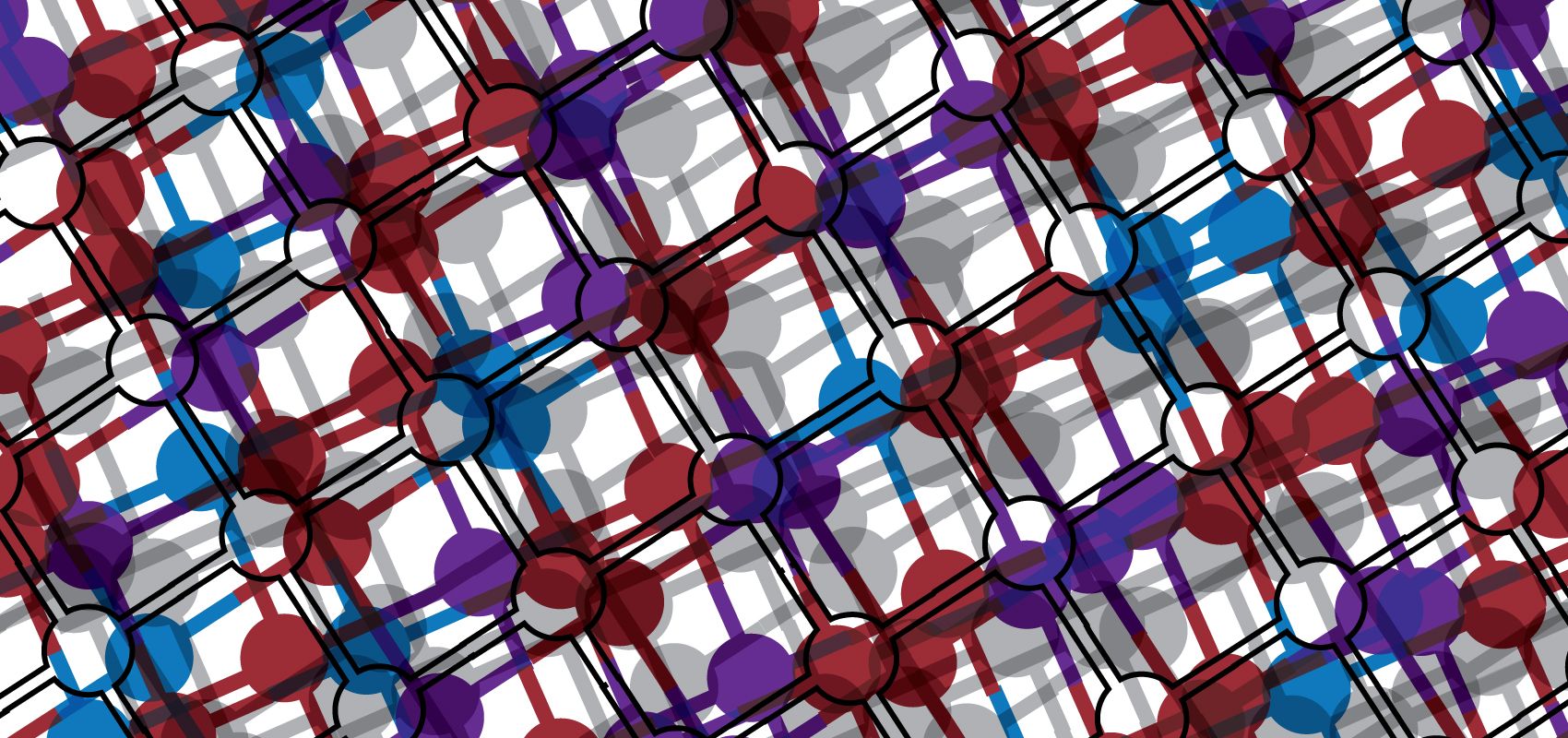DARPA recently put out a Request for Information on new ways to protect military forces from small unmanned air systems (sUAS).
I told folks this; I see another one from Google has joined the QC less than 10 year club. My guess is more likely less than 7 years.
A seminal moment in the quantum technology field just happened: Google’s team of scientists have simulated a hydrogen molecule from its quantum computers, a breakthrough that suggests it could “simulate even larger chemical systems,” writes one of Google Quantum’s engineers, Ryan Rabbush. The search engine’s achievement underscores the technology’s potential as Rabbush posits it can “revolutionize the design of solar cells, industrial catalysts, batteries, flexible electronics, medicines, materials and more.”
As advances in such supercomputers continue, investment and research in this field gathers greater momentum as Google, Alibaba, Baidu, Amazon and other tech giants and governments too are racing to develop this technology. Recently, the European Commission allocated €1 billion to research, incubate and invest in quantum technologies. Meanwhile Google last month made headlines about testing its quantum security to shield its Chrome browser.
“It is a technology that is developing very rapidly,” explains Serguei Beloussov, CEO and founder of data security firm Acronis, adding that industries related to “creativity and human ingenuity” are more difficult to predict and that is the case with this fast-developing field. “Quantum computing at the moment [particularly] quantum metrology and quantum security are things that are dependent on science so [development] can be very slow or rapid. If this technology actually appears, it will be such a huge change that companies like Amazon, Alibaba, Google want to be in front of that change and that is why they are investing,” says this tech expert who is also executive chairman of tech company, Parallels.
Luv it; especially fabric to do time release meds, or bio release meds; or do communications via a shirt or jacket.
With the invention of technology-laden fabrics, otherwise known as smart textiles, we are able to benefit from multifunctional materials.
Smart textiles, also known as E-textiles, smart garments, tech fabrics, and smart fabrics, are materials based on technology that integrate advanced features beneficial to the wearer. In an interview with Forbes, Rebeccah Pailes-Friedman, smart textiles and wearable technologies expert stated, “what makes smart fabrics revolutionary is that they have the ability to do many things that traditional fabrics cannot, including communicate, transform, conduct energy and even grow.” And as crazy as it might sound, having computers and technology literally integrated into our clothing is not only acceptable but may one day be the norm.
“Smart textiles can be broken into two different categories: Aesthetic and Performance Enhancing,” says Forbes. And because of this, these technologically advanced textiles are being utilized by several different industries. Medical, beauty, sports, military, and fashion are taking advantage of such innovations to benefit its users in a way that’s seamlessly integrated into our lives. Excited to see what developments lay ahead, we’ll be exploring a few fabrics that may be in our closets, homes, and doctors offices sooner rather than later.
BLASTOFF! China has launched their new Quantum Satellite today Tuesday. It is the beginning of a whole new tech & communications world.
BEIJING—China on Tuesday launched the world’s first quantum satellite, which will help it establish “hack-proof” communications between space and the ground, state media said, the latest advance in an ambitious space program.
The program is a priority as President Xi Jinping has urged China to establish itself as a space power, and apart from its civilian ambitions, it has tested anti-satellite missiles.
The Quantum Experiments at Space Scale, or QUESS, satellite, was launched from the Jiuquan Satellite Launch Center in the remote northwestern province of Gansu in the early hours of Tuesday, the official Xinhua news agency said.
This is so exciting.
The transfer of data using quantum communications is considered impenetrable due to a particle phenomenon known as quantum entanglement, with eavesdroppers unable to monitor the transfer without altering the quantum state and thereby being detected. In theory, two parties can communicate in secret by sharing an encryption key encoded in a string of photons.
China’s big-spending quantum research initiative, part of Beijing’s broader multi-billion dollar strategy to overtake the West in science and space research, is being closely watched in global scientific research and security circles, with groups from Canada, Japan, Singapore and Europe also planning their own quantum space experiments.
Engineers at the University of California, Berkeley have created the very first dust-sized wireless sensors that may be implanted within the body. This is bringing technology closer to the day that technologies such as the Fitbit will be able to monitor internal nerves, muscles and organs all in real time.
These devices do not require batteries and may also be able to stimulate nerves and muscles opening up doors for electroceuticals to treat disorders including epilepsy and stimulate the immune system or lower inflammation.
The neural dust is implanted in the muscles and peripheral nerves of rats and is unique due to its use of ultrasound. It holds the ability to both power and read measurements. Ultrasound technology is already very thoroughly developed for the care of hospice patients and ultrasound vibrations are able to penetrate just about everywhere within the human body making them much more useful than radio waves.
Imagine a future where we can treat diabetes or autoimmune disorders with an electrical zap delivered by a device no larger than a speck of dust.
The device, implanted through microsurgery, sits silently on a single nerve bundle, monitoring electrical signals sent out by the brain to itself and various organs in the body.
When it detects a problem — a rogue misfire, or a shift in activity patterns — the device powers up, sending out counter-pulses to correct the signal. In this way, it keeps your body running smoothly and disease at bay. No pills. No injections. No pain.
